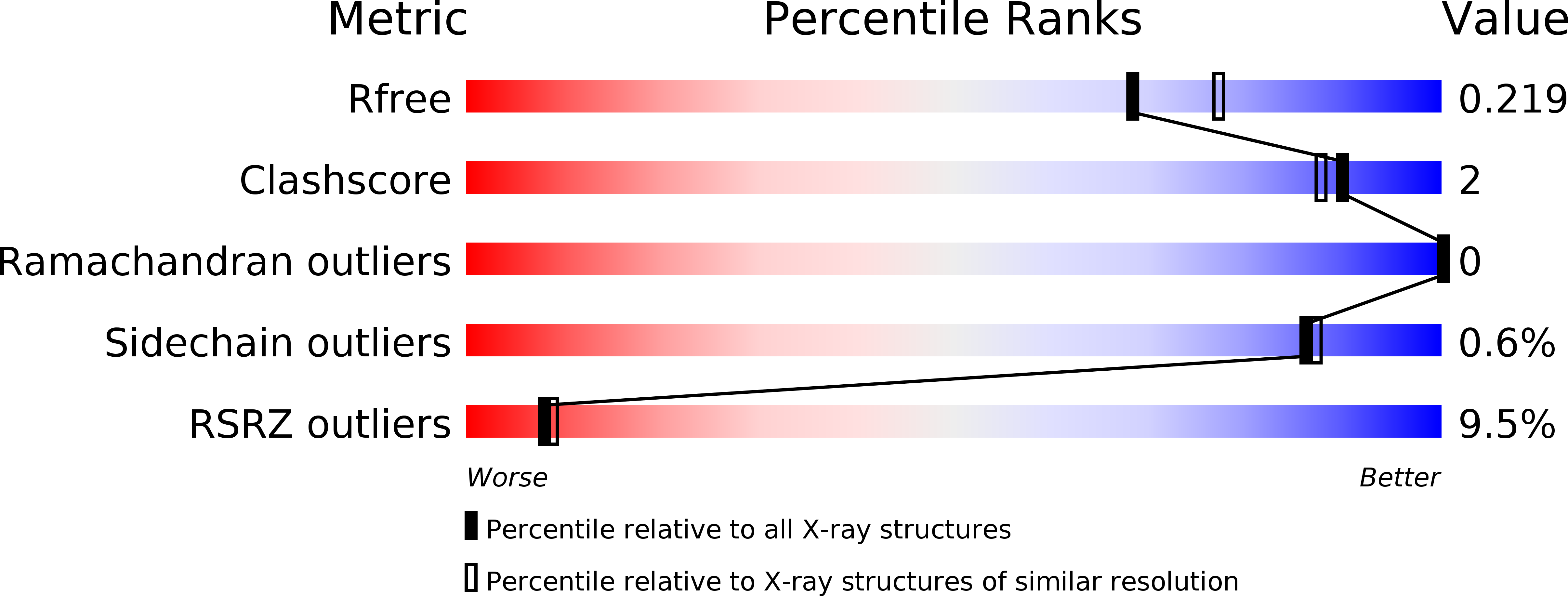
Deposition Date
2019-03-20
Release Date
2019-04-03
Last Version Date
2024-12-04
Method Details:
Experimental Method:
Resolution:
2.05 Å
R-Value Free:
0.21
R-Value Work:
0.19
R-Value Observed:
0.19
Space Group:
I 4 2 2


